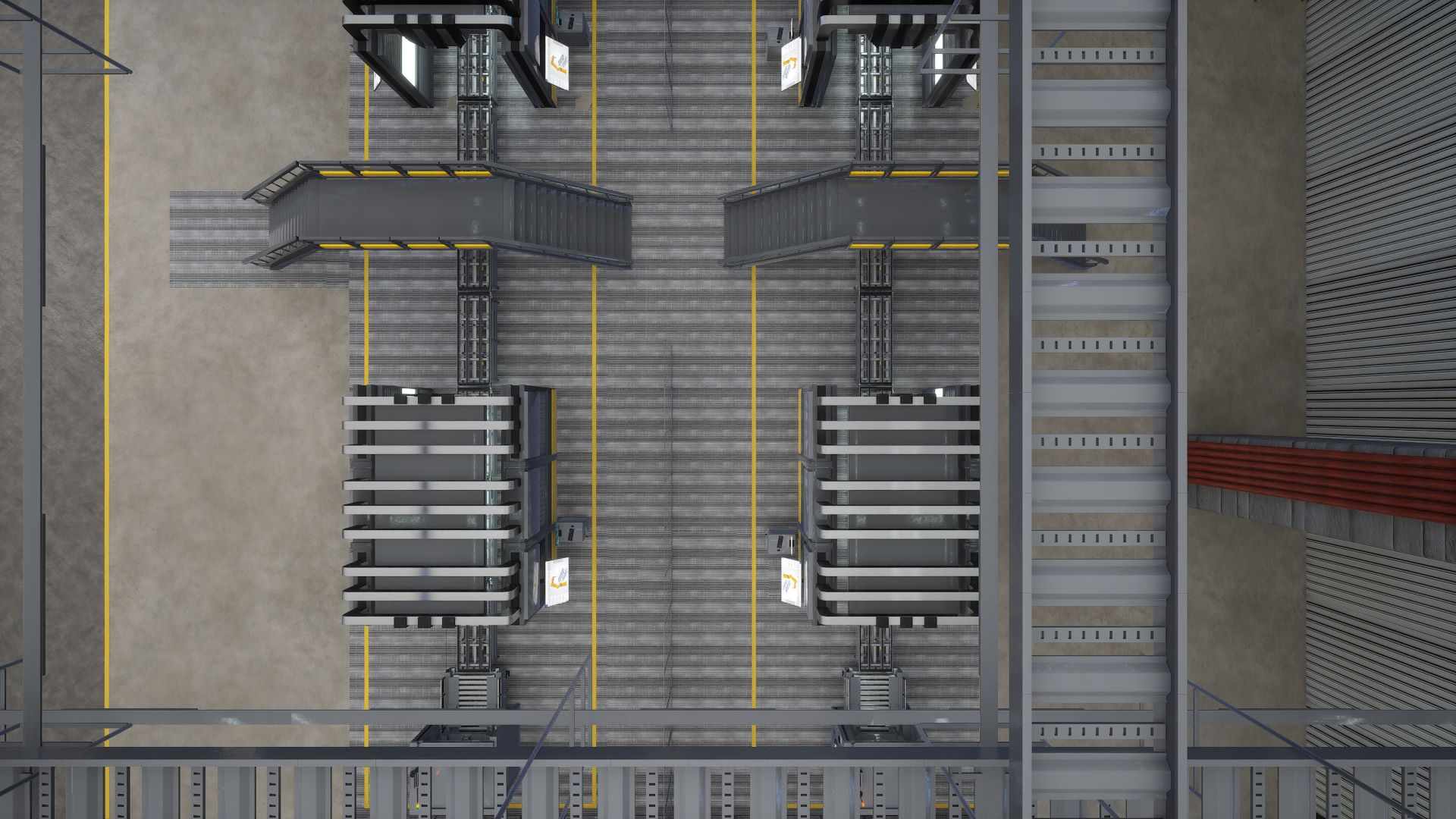Selecting the right conveyor belt for our industry operations is not just about purchasing a product; it’s about integrating a system that enhances efficiency and productivity. With the myriad of options available, understanding which conveyor belt suits our specific needs has become ever essential. It’s about matching the operational demands with the right features and benefits that conveyor belts provide.
In our quest to ensure smooth operations and durability, the importance of a carefully chosen conveyor belt system can’t be overlooked. Whether we maneuver through food processing tasks or handle heavy-duty industrial materials, the choice of conveyor belt impacts not only the lifespan of the machinery but also the quality of our product output. Recognizing this significance, we delve into what makes a conveyor belt suitable for an industry and how to assess its compatibility with our day-to-day operations. Join us as we explore the essential factors and benefits of selecting the optimal conveyor belt for our industry needs.
Understanding Your Industry’s Specific Conveyor Belt Needs
In our line of work, we’ve come to understand that every industry has unique demands when it comes to conveyor belts. It’s not just about moving items from point A to point B; it’s about finding the right belt that aligns perfectly with the operational requirements and environmental conditions of the industry. For instance, in the mining sector, belts must withstand abrasive materials and possibly sharp rocks, whereas in the pharmaceutical industry, the belts need to support cleanliness and precise handling.
Moreover, recognising the temperature and chemical exposure also dictates the type of conveyor belt used. High temperatures can degrade certain materials, whereas chemicals might corrode others. These are critical considerations we keep at the forefront when advising on and providing conveyor solutions. Ensuring that we match the conveyor belt to the industry’s specific needs not only optimizes performance but also reduces wear and tear, thereby extending the system’s lifecycle.
Key Factors to Consider When Selecting a Conveyor Belt
When it’s time to select a conveyor belt, several pivotal factors come into play. First and foremost, the material of the belt is crucial. Choices range from rubber and fabric to metal and plastic, each offering different benefits and suited to different tasks. For example, metal belts are ideal for high-temperature environments, while fabric belts might be preferred for their flexibility and lower cost.
Another significant factor is the belt’s strength and durability, essential for industries dealing with heavy loads or harsh conditions. Plus, the maintenance requirements of the belt should align with our capacity to manage upkeep. We also consider the belt’s speed, width, and the ease of repair or replacement. By understanding and balancing these factors, we ensure that the conveyor belt we choose will not only meet the immediate needs but will also provide long-term reliability and efficiency. This thoughtful selection process helps in minimizing downtime and maintaining a steady flow of operations, which is crucial for any business’s bottom line.
Top Conveyor Belt Options for Different Industries
Selecting the right conveyor belt is fundamental to operational success across various industries. We’ve identified several top options that meet diverse industry requirements efficiently. In food manufacturing, belts that are easy to clean and resistant to bacterial growth, such as polyurethane belts, are often the best choice. These ensure compliance with strict hygiene standards, crucial for consumer safety.
On the other hand, industries like mining and manufacturing rely on tougher materials, such as steel belts. These are designed to withstand harsh conditions, such as extreme temperatures and abrasive materials, ensuring durability and lower maintenance costs. Then there are modular plastic belts, ideal for industries requiring frequent configuration adjustments and a high level of corrosion resistance. Each type offers unique benefits tailored to specific needs, enabling us to provide solutions that assure efficiency, safety, and cost-effectiveness.
Maintenance and Care Tips for Your Chosen Conveyor Belt
Maintaining the conveyor belts we choose is as critical as the selection process itself. Regular maintenance ensures optimal performance and prolongs the life of the belt. It’s important to start with routine inspections to catch issues before they lead to downtime. Things to check include belt alignment, surface wear, and tear, and the condition of the rollers and pulleys.
Moreover, proper cleaning is vital, especially for belts used in food manufacturing. The cleaning regimen needs to match the type of belt—one cannot use the same methods for a fabric belt as for a steel or plastic belt. Lubrication is another critical maintenance task that should not be overlooked. Properly lubricated belts run smoother and are less likely to break. Remember, each belt type may require different types of lubricants and maintenance techniques. By sticking to these care guidelines, we ensure that our conveyor belts remain in top condition, supporting our daily operations without fail.
At Change Parts Pty Ltd, we are dedicated to offering conveyor solutions that are not only high quality but also tailored specifically to meet the demands of your industry. Whether you are looking for a belt that can handle high temperatures in steel manufacturing or need a hygienic solution for food processing, we have the expertise and products to help you succeed. Don’t let your production line suffer from avoidable errors—reach out to us today for personalized advice and quality conveyor belts. Let’s keep your operations moving smoothly, safely, and efficiently.




